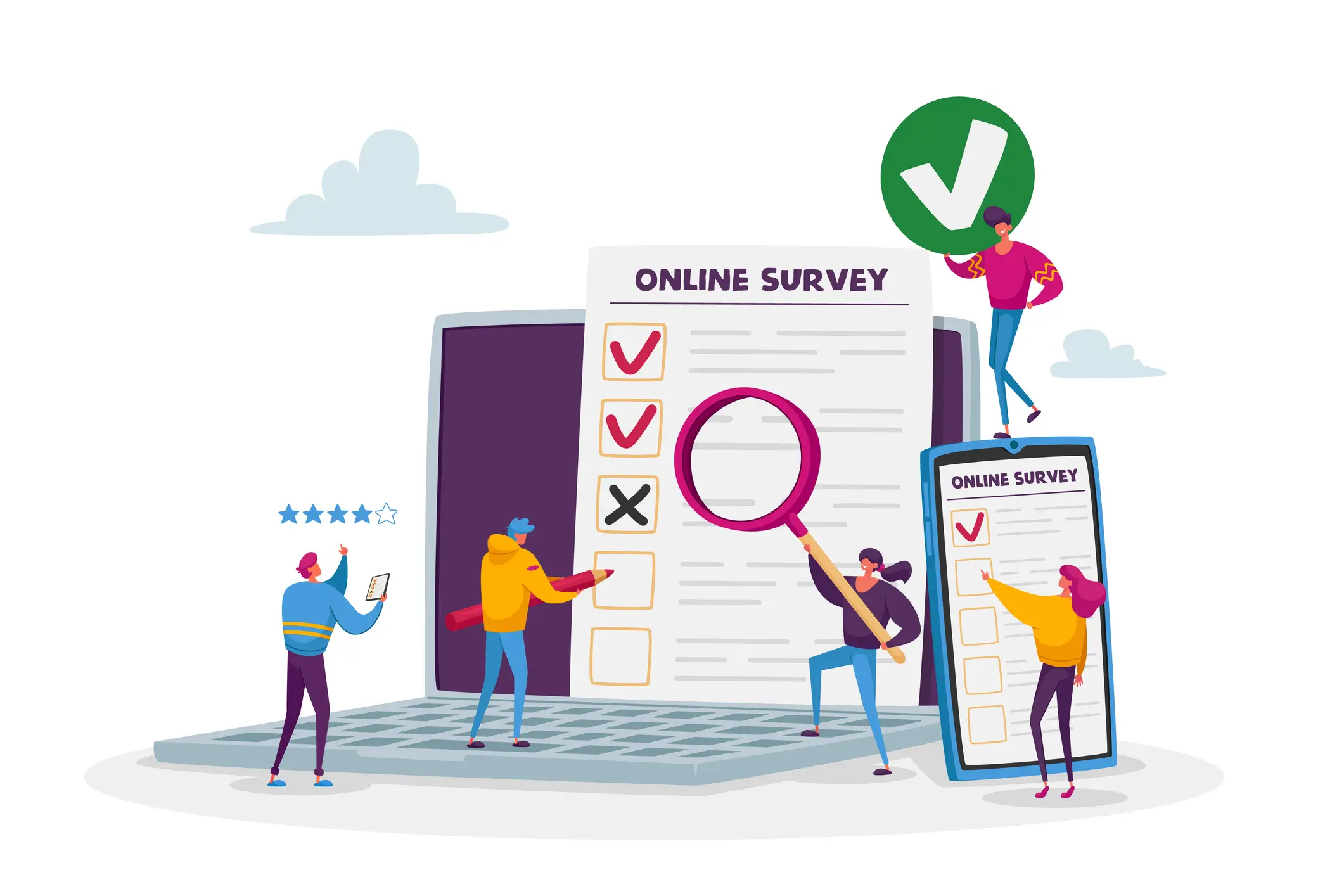Healthcare professionals are experiencing unprecedented levels of stress and burnout. While systemic challenges like staffing shortages and increasing patient loads are well known, one often-overlooked solution lies in improving communication and feedback: Customer Experience Surveys in Healthcare. These surveys can play a vital role in identifying root causes of burnout, streamlining workflows, and enhancing staff satisfaction—all while improving patient care.
Understanding Burnout in Healthcare
Burnout in healthcare is more than fatigue. It includes emotional exhaustion, a reduced sense of personal accomplishment, and depersonalization—treating patients as tasks rather than people. According to the American Medical Association, over 60% of physicians report signs of burnout. Nurses, administrative staff, and support teams are also increasingly affected.
Why It Matters
Burnout leads to higher turnover, lower patient satisfaction, more medical errors, and increased costs. To tackle it effectively, healthcare systems need real-time feedback not just from employees, but from patients as well.
The Power of Customer Experience Surveys in Healthcare
Customer Experience (CX) Surveys in Healthcare are typically associated with measuring patient satisfaction. But when designed thoughtfully, they can provide actionable insights that also impact staff well-being.
Connecting the Dots Between Patient Feedback and Staff Morale
Here’s how patient surveys can help reduce burnout:
- Identify recurring stressors: Repeated complaints about wait times, communication gaps, or administrative delays often reflect pressure points for staff. Fixing these issues can ease workloads.
- Validate staff efforts: Positive feedback from patients boosts morale. Recognition matters—especially in high-stress environments.
- Inform better training and resource allocation: Patient comments often highlight areas where staff need support, whether it’s tech tools or interpersonal training.
Implementing Effective Customer Experience Surveys in Healthcare
A good survey program doesn’t just gather feedback—it drives change. Here’s how to make it count:
-
Keep It Short and Focused
Don’t overload patients with long surveys. Ask targeted questions that connect both patient outcomes and operational feedback.
-
Integrate With Staff Feedback Loops
Pair patient feedback with internal staff pulse surveys. This creates a holistic view of the care environment.
-
Share Results Transparently
Make survey results visible to staff—not just leadership. Use them to recognize wins and address challenges together.
-
Act on Insights Quickly
Nothing demotivates employees more than unanswered problems. Prioritize fast, visible action based on survey insights.
-
Using Sentiment Analysis to Understand the ‘Why’
Open-ended questions give patients space to explain their experiences in their own words—but analyzing that feedback can be overwhelming. That’s where sentiment analysis comes in.
By using AI-powered sentiment analysis, healthcare organizations can:
- Detect emotional tone across thousands of responses
- Identify recurring pain points or sources of frustration
- Surface trends that may not be visible in multiple-choice responses
For example, a spike in negative sentiment around discharge instructions could signal the need for clearer communication protocols—ultimately reducing staff rework and stress.
Tools like SurveyVista apply sentiment analysis to open-ended feedback, helping teams move from reading comments to acting on insights.
Real-World Impact: A Quick Example
One hospital system introduced a monthly Customer Experience Survey in Healthcare that included open-ended questions about communication and care coordination. When recurring patient comments highlighted long wait times and confusing discharge instructions, the team investigated and discovered that under-resourced support staff were the issue. Hiring two additional care coordinators reduced delays and boosted both patient satisfaction and nurse engagement scores.
Conclusion: A Simple Tool With a Big Impact
While no single solution can eliminate burnout, using Customer Experience Surveys in Healthcare as a listening tool can spark the right conversations. When patients and providers are both heard, it becomes easier to build systems that support well-being on both sides of the care experience.
Want to Learn More?
See how tools like SurveyVista help healthcare organizations design patient feedback loops that also support staff well-being.
Frequently Asked Questions (FAQ)
-
How can Customer Experience Surveys in Healthcare help prevent staff burnout?
These surveys capture feedback on areas like wait times, communication, and care coordination. Recurring patient complaints often point to operational bottlenecks that stress staff. By addressing these issues, healthcare organizations can reduce friction in day-to-day operations and improve staff satisfaction.
-
What types of questions should be included in a healthcare customer experience survey?
Focus on questions that reflect both patient satisfaction and operational challenges. Examples include:
- How would you rate your wait time today?
- Did staff communicate your treatment plan clearly?
- Were your concerns addressed respectfully?
Open-ended questions allow patients to share more detailed feedback that can highlight systemic issues.
-
Are these surveys only useful for improving patient satisfaction?
No. While traditionally aimed at measuring patient satisfaction, well-designed Customer Experience Surveys in Healthcare can reveal workplace challenges that directly impact staff morale and burnout. When integrated with internal staff surveys, they provide a full picture of the care environment.
-
How often should healthcare organizations conduct these surveys?
For best results, surveys should be conducted regularly—either after each patient visit or as a monthly feedback loop. This ensures real-time data collection and quicker response to issues that might otherwise go unnoticed.
-
Is it necessary to use a specialized platform for these surveys?
Using a specialized survey platform like SurveyVista can streamline the process by offering automation, CRM integration, analytics, and customizable templates specifically designed for healthcare environments.
More Like This

Rajesh Unadkat 
Founder and CEO
Rajesh is the visionary leader at the helm of SurveyVista. With a profound vision for the transformative potential of survey solutions, he founded the company in 2020. Rajesh's unwavering commitment to harnessing the power of data-driven insights has led to SurveyVista's rapid evolution as an industry leader.
Connect with Rajesh on LinkedIn to stay updated on the latest insights into the world of survey solutions for customer and employee experience management.



